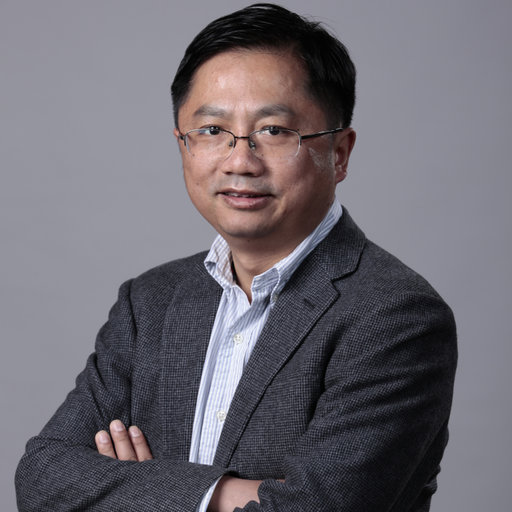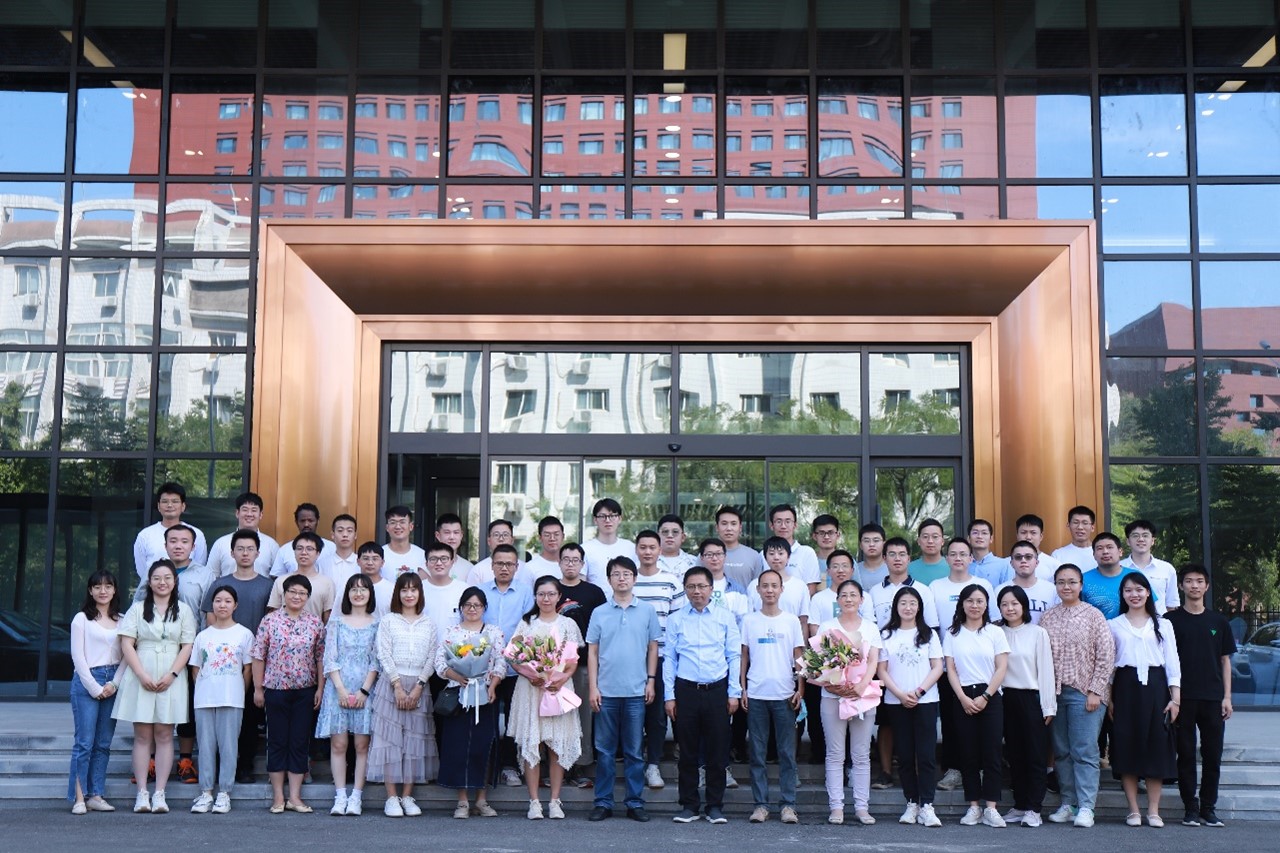We are delighted to announce that Nanoscale Horizons Scientific Editor Zhiyong Tang has been included in Clarivate’s Highly Cited Researchers list!
The Highly Cited Researchers™ is an annual program which recognises those who have published several highly cited papers over the last ten years, and thereby have a wide and significant influence on their respective field. Zhiyong has received a 2022 Highly Cited Researcher Award in the field of Chemistry. In fact, since 2018, he has received 6 Highly Cited Researcher Awards in Chemistry, Materials Science, and Cross-Field!
Meet Zhiyong Tang

Zhiyong is a Professor at the National Center for Nanoscience and Technology in China. He received his B.S. and M.S. from the Department of Environmental Chemistry at Wuhan University before receiving his PhD from the Changchu Institute of Applied Chemistry in Dr Erkang Wang’s group. Zhiyong was a research Fellow in the Departments of Chemistry and Chemical Engineering at Oklahoma State University and University of Michigan, respectively, working with Nicholas Kotov. He joined the National Center for Nanoscience and technology in 2008 and his research interests are centred on the fabrication and application of functional inorganic nanomaterials in the fields of energy and the environment.
|
We asked Zhiyong some questions about his recent work and his latest achievement.
Please could you provide a short summary of your most recent work?
My recent research interest focuses on self-limited assembly of crystalline porous materials including metal-organic frameworks (MOFs) and covalent organic frameworks (COFs) as well as their applications in catalysis and separation. My most recent work reported COF monolayer membranes with short interpore distance along with high pore density and ultimate low membrane resistance, which endowed strong pore-pore coupling effect. These features successfully debottleneck the concentration polarization phenomenon and thus greatly improve the membrane-based osmotic power generation.
What is the current biggest challenge you face in your field?
It is known that the natural enzymatic reaction process often involves auto-tandem steps of catalysis and separation with high activity and specific selectivity. By comparison, the current biggest challenge is that the artificial chemical process is often performed with multiple steps to achieve catalysis, separation, and purification, thus leading to the much lower efficiency.
What advances in your field are you most excited about?
The most exciting advance will be to precisely fabricate the well-defined multifunctional porous membranes for achieving consecutive catalysis and separation in one-pot process with high efficiency.
What does it mean to you to be a Highly Cited Researcher?
For me, being a Highly Cited Researcher means two things: On one hand, my research direction has received attention from colleagues, which encourages my research group to continuously explore the unknown and challenging issues in this field. Secondly, my research works may be followed by scientists, who could provide potential support for the development of this field.
Why is your work important and what advice would you give to up-and-coming scientists hoping to increase their visibility?
My research works mainly focus on exploring and illustrating the fundamental issues in the self-limited assembly of crystalline porous materials, which have exhibited some unique properties and could provide the solid foundation for their applications in the fields of energy and catalysis. My advice for up-and-coming scientists is to first grasp the development frontiers and challenging issues of this field, and then carry out scientific research while guided by their practical applications.
Congratulations Zhiyong!

Zhiyong’s research group










